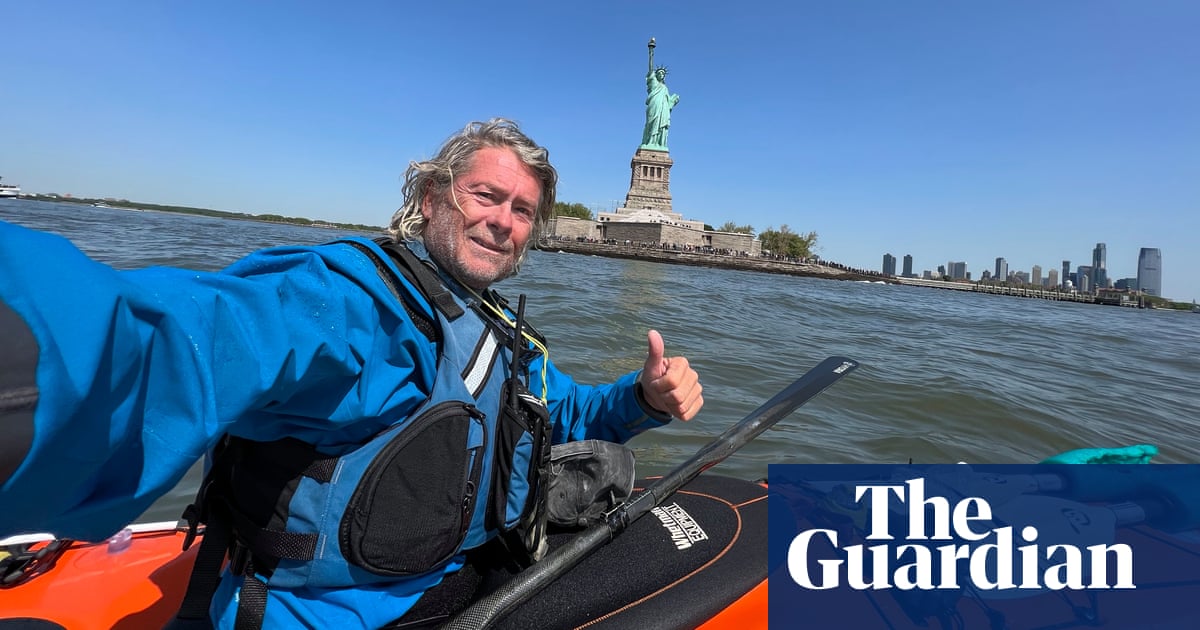
Stories of the disintegrating relationship between the police and young black people are endless, but an artist behind an unlikely new project hopes he can help break down barriers.
Kay Rufai was enlisted by West Midlands police last year to be their artist in residence – thought to be a first for a police force. He has spent several months taking photographs and film of officers and young, mostly black people who have had dealings with the police. The images were then presented to police in order to spark a conversation and “challenge their preconceptions”.
“I wanted to use visual media because it’s a powerful tool to really engage with themes of stereotyping and biases,” said Rufai.
“In the last few years there has definitely been a spike in violence that’s affecting young people, especially young black boys. A lot of the political and societal narrative around this is that these young people are gang members and we need to overpolice these communities and increase jail times. But there was nothing in the conversation about preventive measures … At the same time, I wanted to present a human side of the police, not just PC 65609. That’s not who you are – that’s a script.”
The project, called Barriers to Bridges, is being funded by the Coventry City of Culture Trust and the West Midlands police and crime commissioner’s office, and will be publicly displayed in February.
Rufai, who has previous experience of working with young people, including for his SMILE-ing Boys project, said that nothing like this had been done in the UK before. “I’ve never seen young people from marginalised communities and a big structural bureaucratic system like a police force brought together like this. It could really help make a lot of the changes that we’re hoping to see.”
Local youth services, including Coventry Youth Offending Service, Positive Youth Foundation and Creative Optimistic Visions, helped to facilitate his time with young people. Some of the most evocative images taken for the police included those of David, who is captured getting drumsticks out of his jogging bottoms.
“We see him dipping his hand in his pocket, pulling something out, and then at the point where he pulls out the drumsticks, the audience is like, ‘Oh, wow, I actually thought something different … I thought maybe he was trying to pull out a weapon’.”
There was also one girl who last year experienced an armed raid at her house last year. “The police kicked their door in looking for weapons,” said Rufai said. “Her photographs and story had a significant effect. I think the fact that she was a girl was surprising.”
Rufai is a police abolitionist, making him part of a movement that advocates replacing policing with other public safety systems. He has also been profiled and mistakenly stopped by the police many times in his life. But he said he was heartened by the discussions and debates he had with officers, some of whom were surprisingly vulnerable.
“There’s a particular officer who I took a walk with in an area where a young person, around 13 years old, was killed in a violent way a couple of years ago. RIP was written on one of the shutters of the shops. The officer spoke about how he was a really good kid who loved playing football. The officer provided police support within the kid’s school, but then because of a shift in his role he wasn’t able to go into the neighbourhood as much. He sometimes wonders whether he could have averted the kid’s death. He was so visibly emotional, he was actually in tears. He has sleepless nights over this boy’s death.”
The chief constable of West Midlands police, Sir David Thompson, was a huge champion of the residency, said Rufai. “He recognises the necessity for reform. But obviously he occupies a very senior position. The officers who were the biggest challenge to engage with were some of those who were down on the ground.”
So the artist went on ride-alongs and asked officers questions to challenge their “binary idea of good guys and bad guy” and help them “understand the racial and social contexts before approaching a young person”.
West Midlands police said the residency offered them a chance to do things differently. “It’s a really innovative way to explore the lived experiences of young people in Coventry, to not only give them a voice but also a platform for it to be heard. We also hoped it would give people insight into policing and humanise the uniform, to foster a better understanding of each other through honest dialogue and strive towards building empathy. It’s so important that we’re able to keep young people safe and reduce youth violence, so why not try a different approach?”












